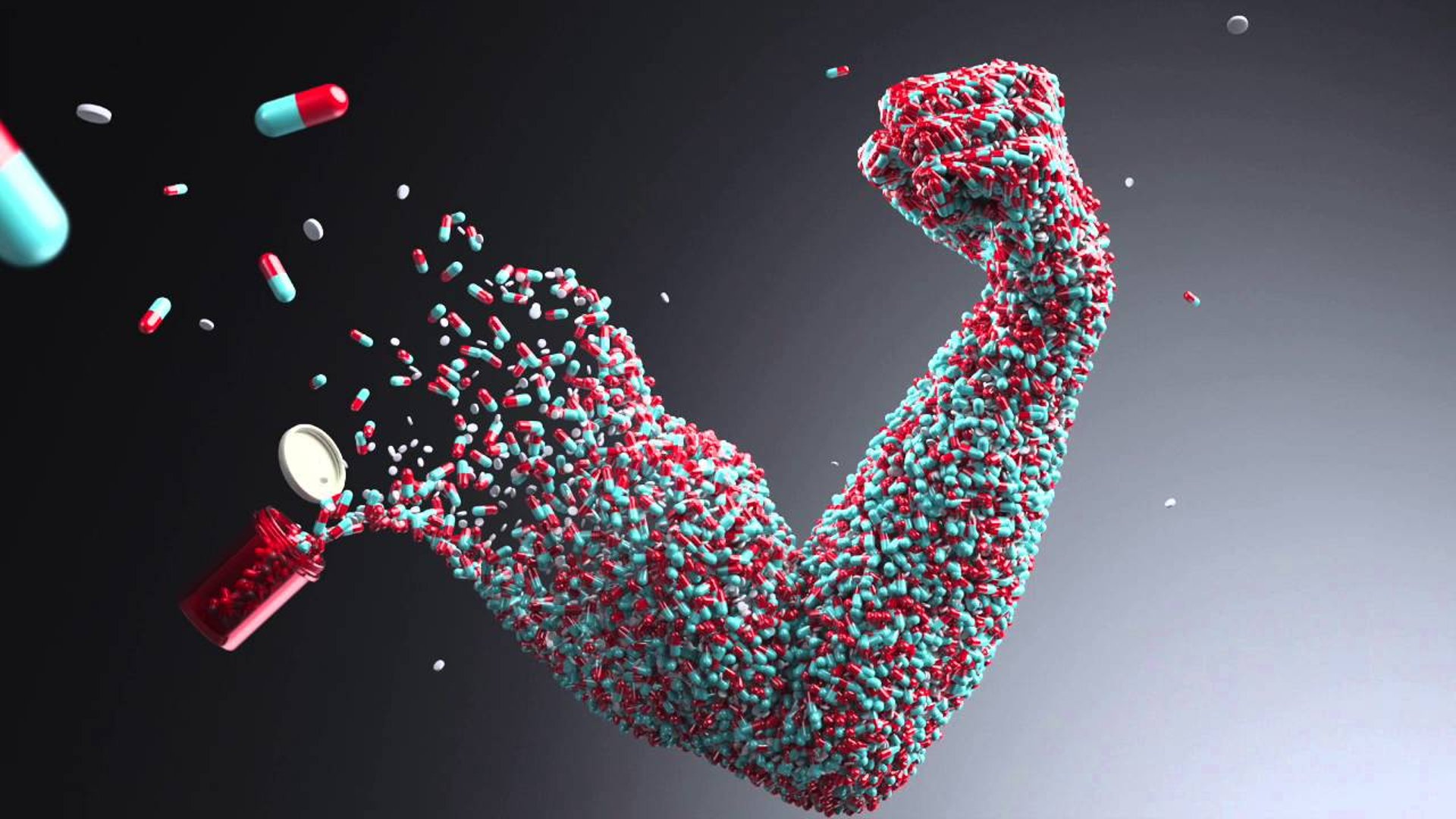
¿Qué es el dopaje?
El dopaje es el uso de sustancias o métodos prohibidos con el objetivo de mejorar artificialmente el rendimiento deportivo, poniendo en riesgo la salud del atleta y violando la ética y el principio de igualdad en la competencia.

María

★★★★★
. Control antidopaje en competición
Notificación
El oficial de control informa al deportista que ha sido seleccionado.
Se identifica y muestra la orden oficial.
El deportista firma la notificación.
Acompañamiento
Desde la notificación hasta el final del proceso, el deportista está siempre acompañado por un oficial.
Presentación en la sala de control
El deportista acude inmediatamente (puede retrasarse por ceremonia, atención médica o entrevistas autorizadas).
Selección del recipiente
El deportista elige un kit estéril y precintado.
Extracción de muestra
Se realiza bajo supervisión directa (generalmente orina; a veces sangre).
El deportista controla el proceso (abre, cierra, verifica números de serie).
División de la muestra
La muestra se divide en frascos A y B.
Se sellan en presencia del deportista.
Documentación
Se llena el formulario oficial: códigos, medicamentos tomados recientemente, observaciones.
El deportista firma y recibe copia.
. Control fuera de competición
Localización (whereabouts)
El deportista debe registrar sus lugares de entrenamiento/estancia.
Puede ser controlado en cualquier momento.
Visita sin previo aviso
Los oficiales llegan a su domicilio, hotel o lugar de entrenamiento.
Notificación y acompañamiento
Igual que en competición: se identifica al oficial y se acompaña al deportista.
Mismo procedimiento de toma de muestra
Selección del kit → extracción → división en A y B → formulario.
Negarse, no presentarse o no estar disponible cuenta como infracción.
Procedimientos a seguir en un control...
La información sobre sustancias y casos reales me ayudó a entender mejor el antidopaje.


Carlos
★★★★★
Excelente blog, muy útil para deportistas que quieren evitar problemas con el antidopaje.